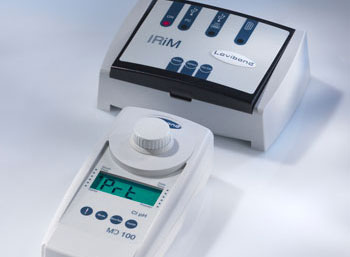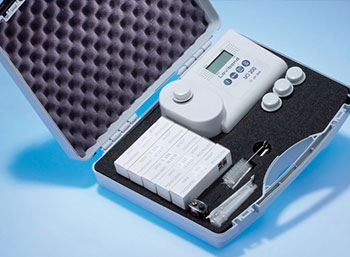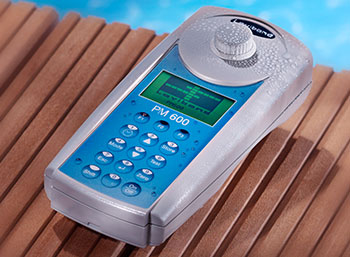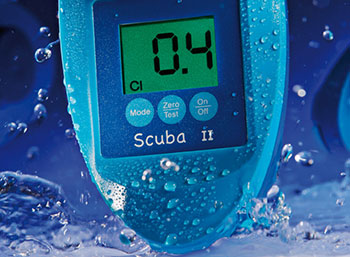5 Common Types of Water Testing Tools
When it comes to ensuring the safety and quality of our water, precision and reliability are key. At Waterlilly Australia, we understand the importance of using the right tools to monitor water quality effectively. Whether you’re testing for water treatment, environmental analysis, or general water safety, there are various tools available to help. In this article, we’ll walk you through the most common types of water testing tools, helping you understand how each works and why they are essential in assessing water quality.
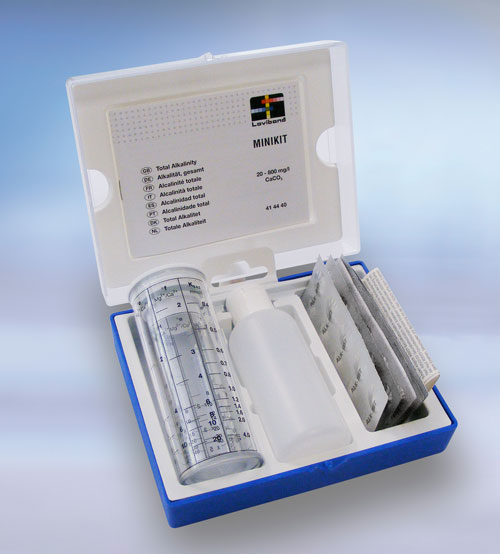
1. Comparator
A water comparator is one of the simplest and most effective water testing tools available. It’s often used for basic water quality testing, particularly in residential, industrial, and environmental settings. A water testing kit that includes a comparator typically uses a series of color standards that the user can compare against a sample of water.
The process involves adding a reagent to the water sample, which reacts with certain chemicals or minerals, causing a color change. The user can then compare this color change to the color standards provided in the kit. By matching the sample’s color to the nearest standard, you can get a quick and accurate reading of the water’s chemical content.
The beauty of a comparator lies in its simplicity and ease of use. It doesn’t require advanced training or technical expertise, making it ideal for homeowners or non-specialists. Whether you’re testing for chlorine levels, hardness, or pH, a comparator can provide fast, reliable results. However, while comparators are effective for basic tests, they may not offer the precision required for more complex water quality assessments.
2. Hand Held Meters
Handheld meters are portable, easy-to-use tools that provide more precise readings than comparators. These devices are perfect for field testing, where portability and speed are crucial. A water testing kit equipped with a handheld meter often includes sensors that measure various water parameters such as pH, temperature, electrical conductivity, and dissolved oxygen.
The benefit of handheld meters lies in their versatility. Many modern meters allow you to test multiple water quality indicators with just one device. They typically offer digital readings, making them easier to interpret than visual color comparisons. This is especially helpful for professionals and those who need to collect data quickly.
Handheld meters are widely used in industries where accurate water quality measurements are necessary, such as in agriculture, aquaculture, and water treatment facilities. Whether you’re ensuring safe drinking water, monitoring industrial processes, or conducting environmental research, a handheld meter provides reliable and immediate results.
3. Photometers
Photometers are advanced water testing tools that measure the concentration of specific substances in water by analyzing light absorption. When light passes through a water sample, the substances within the water absorb and scatter the light at different wavelengths. A photometer measures these changes, providing accurate readings of the concentration of chemicals, such as chlorine, nitrate, or phosphate, present in the water.
Photometers are highly accurate and can detect even minute concentrations of substances, making them indispensable in situations that require precision. They are commonly used in laboratory settings, but portable versions are available for field use as well. Some rapid water test kits may even incorporate photometer technology for quicker, on-the-spot readings.
These devices typically come with pre-programmed settings for specific tests, making them easy to use for both professionals and those with limited experience. Photometers are ideal for applications where water quality needs to be measured with high precision, including municipal water testing, wastewater treatment, and environmental monitoring.
4. Rapid Tests
When you need fast, reliable results without the hassle of complex equipment, rapid tests are an excellent choice. A rapid water test kit is designed to provide quick and accurate readings for a variety of water quality parameters, such as pH, chlorine levels, and hardness. These tests typically involve simple procedures, such as adding a reagent to a water sample, and then interpreting the color change or using a strip that reacts with the water to display results.
Rapid test kits are popular because of their ease of use, portability, and affordability. They are a great solution for everyday use in homes, swimming pools, and small businesses where regular water quality checks are necessary but advanced testing is not always practical. For example, homeowners can use a rapid test kit to check for chlorine levels or pH balance in their pools to ensure water safety.
Though rapid tests may not always provide the same level of precision as other tools like photometers or handheld meters, they are still invaluable for quick checks and routine monitoring. Whether you’re ensuring the safety of your drinking water or conducting a simple water quality test at a campsite, a rapid test kit offers an efficient solution.
5. Turbidity Meters
Turbidity meters are specialized tools designed to measure the cloudiness or haziness of water caused by suspended particles. Turbidity is a key indicator of water quality, as high turbidity can indicate contamination by particles such as silt, clay, or microorganisms. This can affect water clarity and may also have implications for health and environmental safety.
Turbidity meters work by passing a beam of light through a water sample and measuring how much light is scattered by the suspended particles. The more particles present, the higher the turbidity reading. This information can be used to assess water quality, particularly in bodies of water like rivers, lakes, and reservoirs, where high turbidity levels may suggest pollution or contamination.
Turbidity is particularly important in drinking water treatment, as it can interfere with disinfection processes. Turbidity meters are also commonly used in wastewater treatment plants to monitor the effectiveness of filtration processes. While they are generally more complex than rapid tests or comparators, turbidity meters are essential for monitoring water quality in environments where clarity is a concern, such as in industrial processes and environmental monitoring.

Conclusion
Water testing tools are essential for anyone who wants to ensure their water is safe, clean, and of high quality. From simple comparators for basic testing to sophisticated turbidity meters for environmental water monitoring, there are a variety of tools to meet different needs. Whether you’re a homeowner, a business owner, or a professional in the water treatment industry, using the right water testing equipment is crucial to maintaining water quality and ensuring public health.
If you’re looking for precision and speed, a handheld meter or photometer might be your best option. For rapid, easy-to-use testing, a rapid water test kit or comparator could be just what you need. And when clarity and particle measurement are your primary concerns, a turbidity meter is an indispensable tool.
At Waterlilly Australia, we are committed to providing the best water testing solutions to help you keep your water safe and clean. By understanding the types of water testing tools available and knowing when to use them, you can make informed decisions that benefit both your water systems and your community’s health. Call us today at 02 9798 9975 or visit our online contact page to explore our full range of water testing products and experience the quality and reliability that our customers trust.
This entry was posted in Uncategorized and tagged rapid water test kit, water testing kit. Bookmark the permalink.
